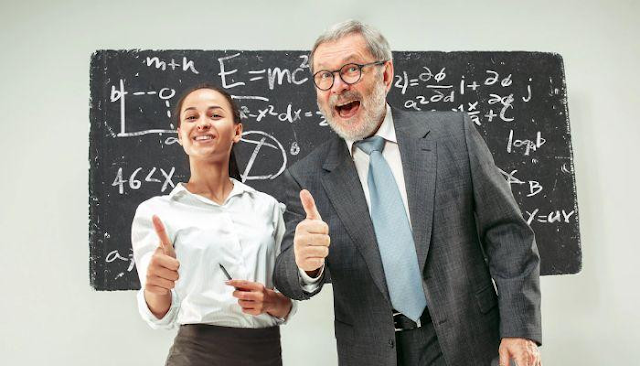When teaching primary and Secondary Maths to pupils, many teachers have a difficult task ahead of them. It is fairly common to see children who seem to have an allergy to arithmetic, formulae, algorithms, and equations in classrooms all around the world. Many teachers are always looking for fresh, interesting methods to teach arithmetic to their pupils but without success.
Providing students
with useful tools and methods for using science, technology, engineering, and
math was one of the many factors that led to the development of STEM education,
but math has always presented a few extra challenges. That is precisely the
reason we pondered how to inspire our kids to value arithmetic and comprehend
it in a simpler, more straightforward manner.
A Coding class
for teens, in short, is the solution to the "how" question.
Coding and math have
a close relationship, so when you teach your kids to code, you are also
teaching them mathematical concepts and a method of thinking that they may use
when they are later calculating a certain amount in their math lesson. Even
better, your kids will pick up these quantitative skills and talents while
having fun and without even realizing it.
Are you ready to
learn how closely these subjects relate to one another and how teaching your
kids to code may inspire an interest in mathematics? Let's begin!
Your children will
appreciate math more if the code:
Unbelievably, math
is used a lot in coding. Your children are using mathematical concepts and
building strong mathematical thinking skills whether they take part in a Cyber
Robotics Coding Competition or learn how to design their very own virtual
robot. These skills will benefit them in many aspects of their academic and
personal lives.
The key to making
math more interesting for your pupils is to align it with their interests and
aspirations and to demonstrate to them directly how these subjects may be used
in the real world. As a result, the question "when is the train from
Detroit going to get to Washington" becomes less and less important to
today's youth.
On the other hand,
coding robots provide students with hands-on, enjoyable approaches to math and
technology, pushing them to figure out the best method to program their very
own virtual robot to carry out a certain task or fulfill a mission.
Math in a game-like
setting:
Gamified components
have been successfully incorporated into learning environments. When students
develop their businesses or just enter the local workforce, educational methods
like Montessori, which let pupils experience education firsthand, produce exceptional
outcomes. Students who acquire the necessary material in a hands-on manner and
with entertaining, gamified components perform better.
Coding and
programming look to be fantastic techniques to teach pupils arithmetic
precisely for the reasons listed above. Compare teaching the same material
while your students are developing their very own app or are controlling a LEGO
Mindstorms EV3 to teaching the same material while your students are learning
fractions, derivatives, or simple equations in a traditional classroom using
the same whiteboard your parents use.
Virtual robots and
cyber robotics are an incredible way to teach STEM and math. They can help
close the gender gap in STEM education, show some traditional math haters that
this subject can be learned (and applied) in a different way, and help them
realize that mathematics is much more expansive than what our high school math
teacher once explained.
Coding = Math
That's accurate.
Math is at the core of coding. Coders need to develop their algorithmic and
computational thinking to produce lines of code that are both effective and
bug-free. And what is the core of these two modes of thought? Math. At the end
of the day, your children's mathematical reasoning should be functioning well
enough for them to succeed if you want them to learn a wonderful programming
language for kids.

Comments
Post a Comment